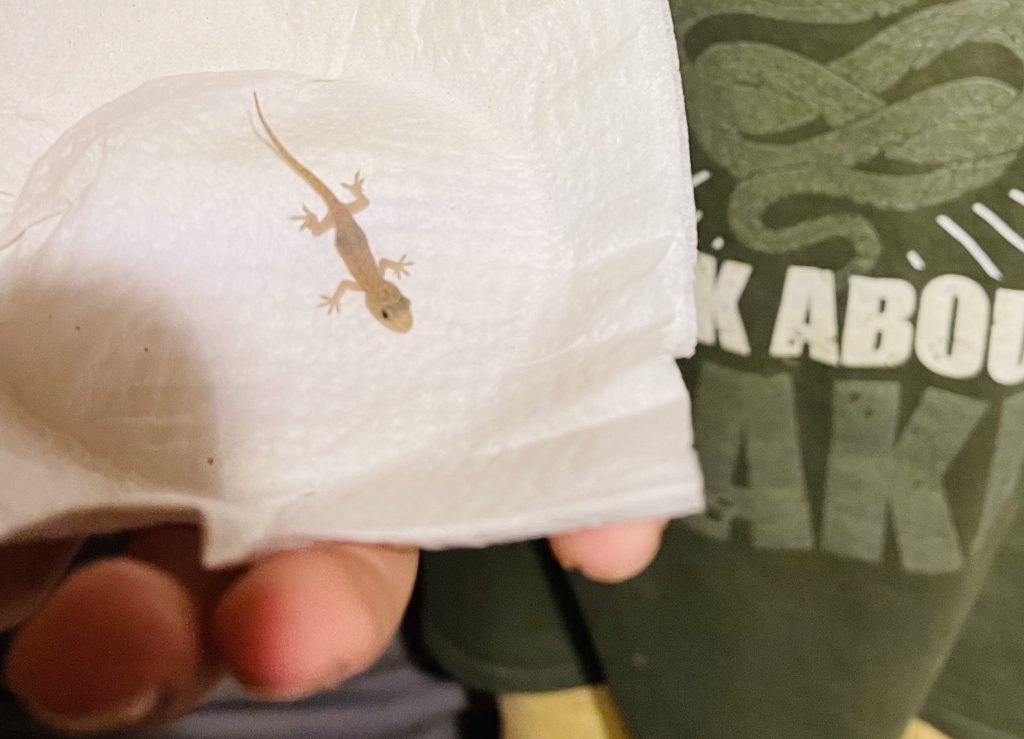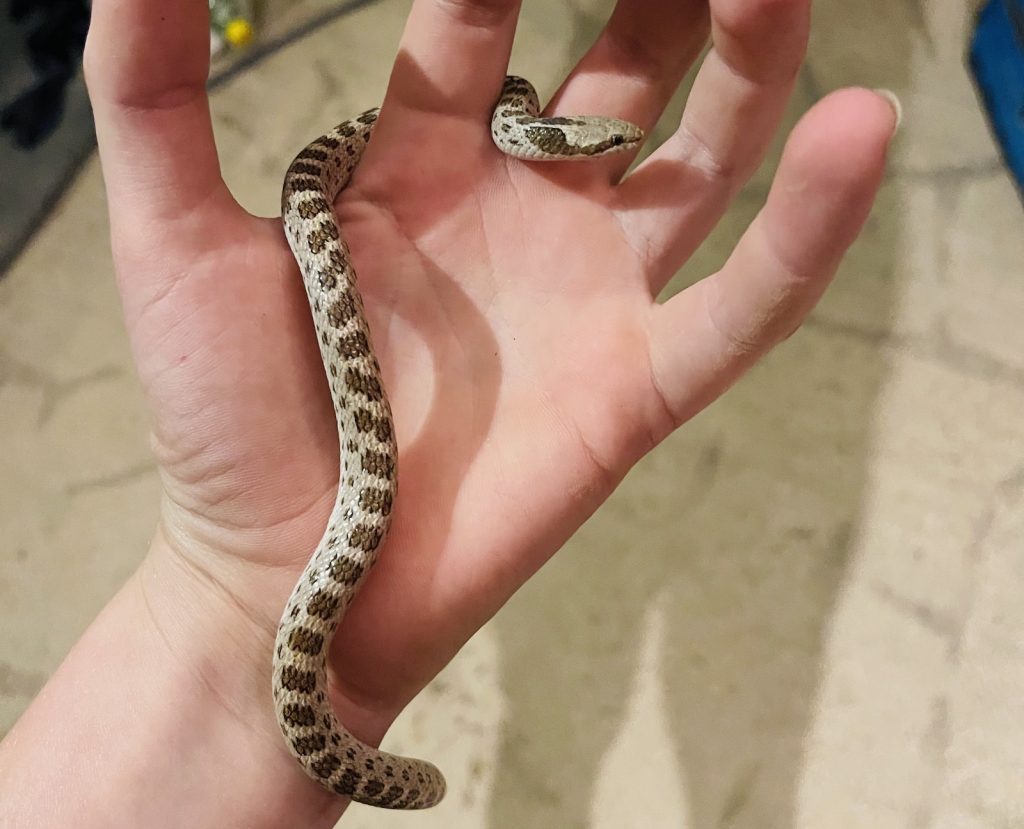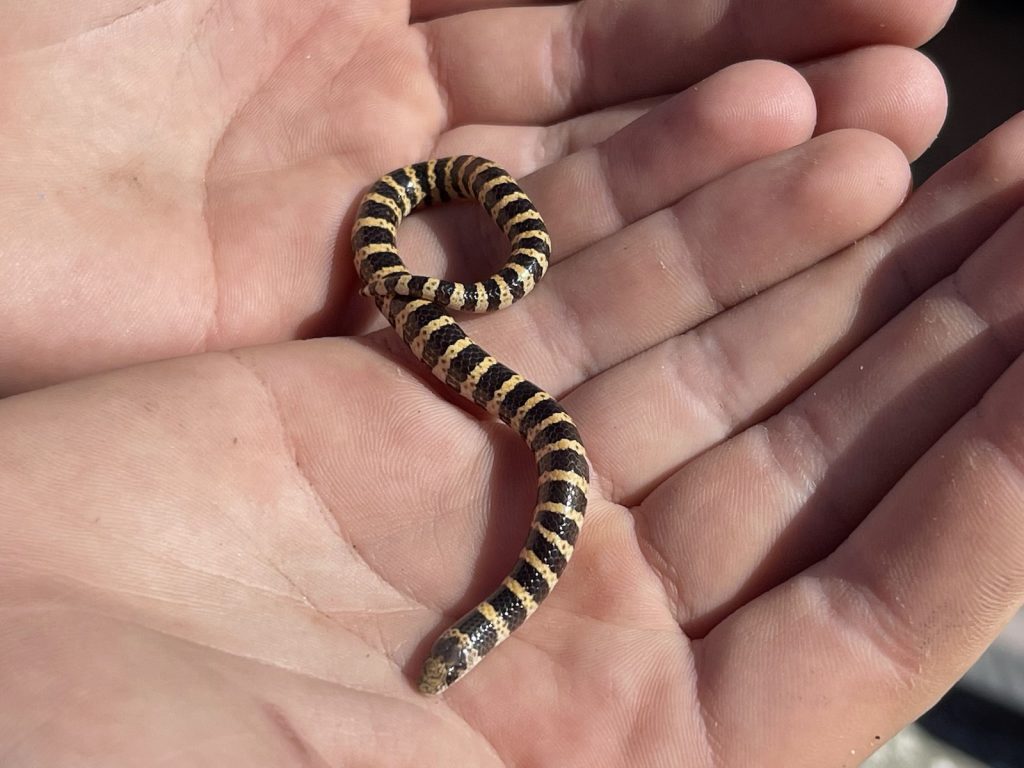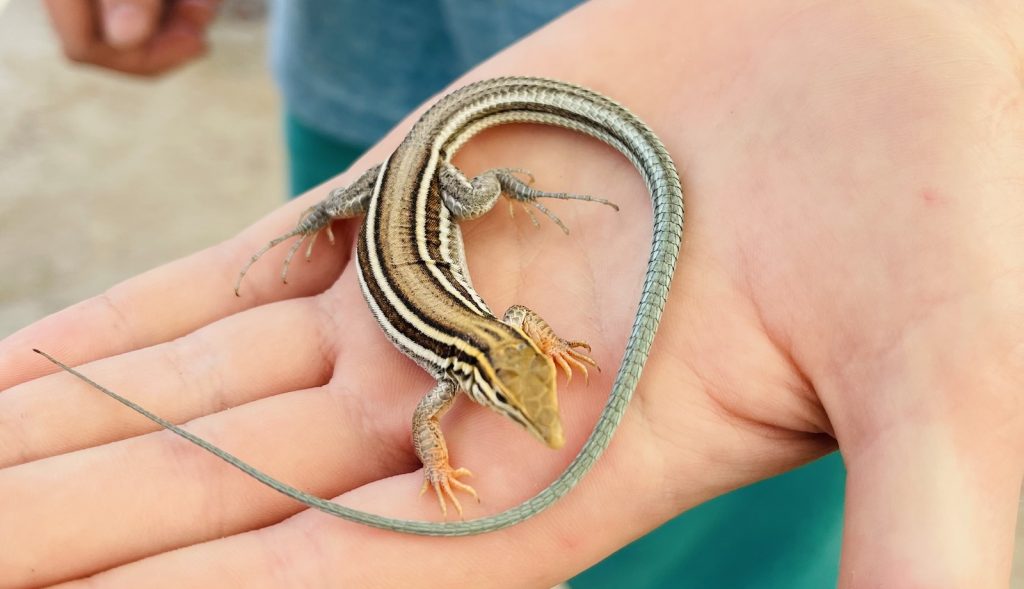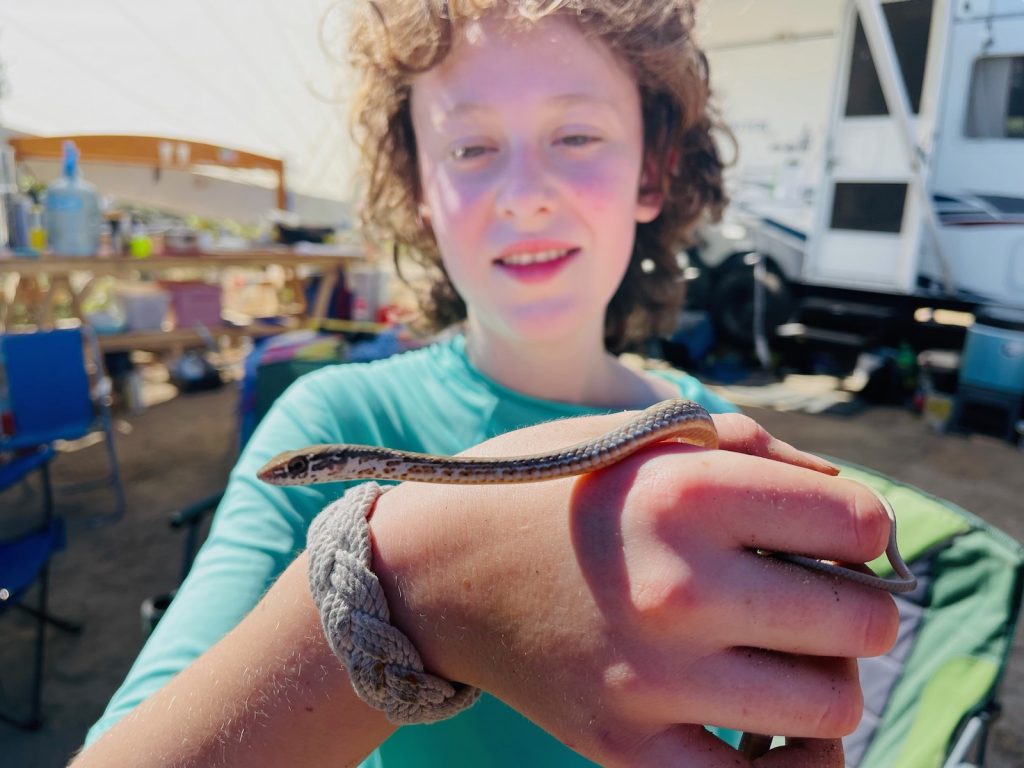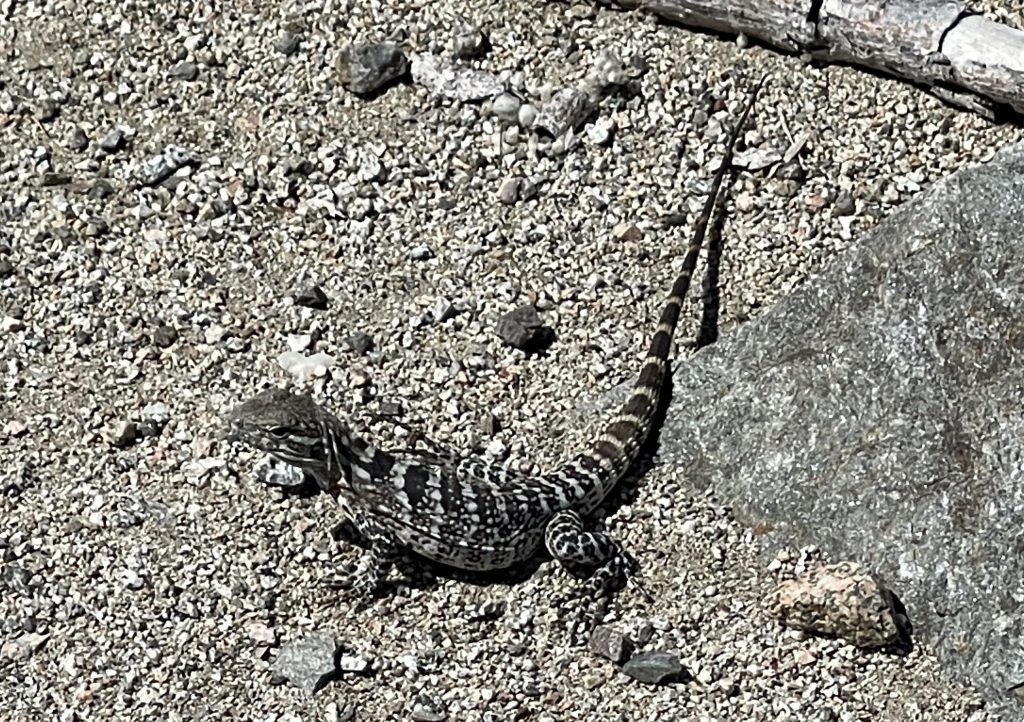
The Cape Spiny-Tailed Iguana (Ctenosaura hemilopha) is a large, fast and semi-common lizard living in trees, walls, atop cacti and really anything that can offer a quick escape. These diurnal reptiles disappear at even the hint of danger, from both predators and herpetologists alike, making them a nightmare to catch and, for that reason, I don’t have any pictures of this lizard from the mainland.
Fortunately, these iguanas also live on our neighboring island, Isla Cerralvo. As they have far less predators there, they bask happily right on the ground and seem less offended by the Paparazzi, including me last week when I had the opportunity to visit.
Their diet is mostly plant-based but they will eat insects and even carrion on occasion. Their teeth are meant for ripping leaves but are quite good at ripping skin, too. Iguanas also have a small amount of venom, so avoiding bites is a good idea. And those are not their only defenses! After retreating into a rock crevasse, they will orient their spiny tails at the entrance of the hole and, if you try to extract them… well, let’s just say that a spine under the fingernail can be very painful.
